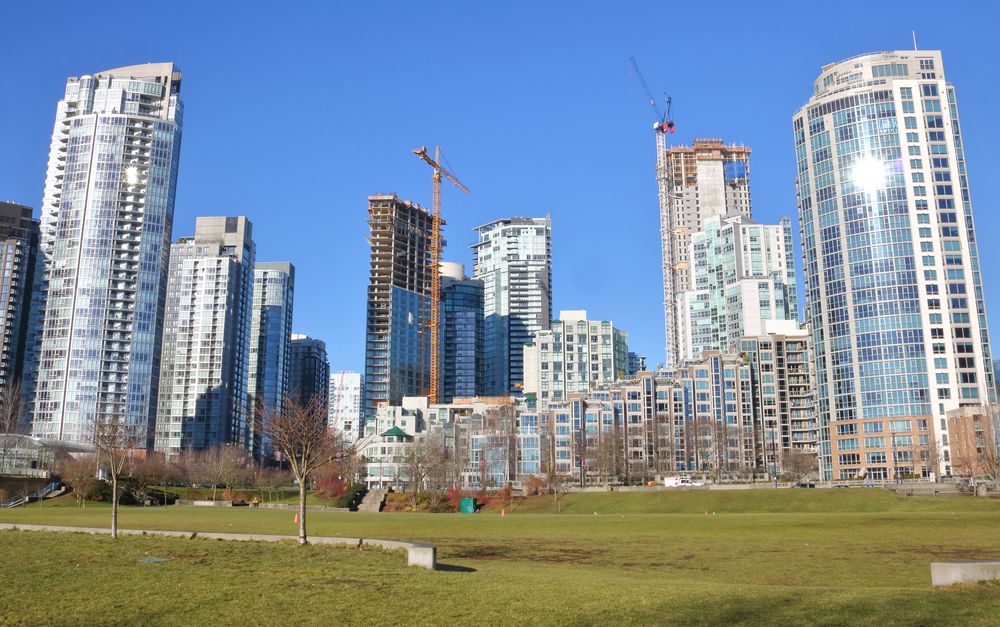Last week, after tearing a strip off some of Vancouver’s election candidates for being too timid and partisan about fixing housing, I promised some bolder thinking. Well here it is.
This is the way to deal with land speculation to get “missing middle” housing into our leafy residential districts and help finance non-market housing all in one fell swoop.
Let’s start by agreeing that we must focus on housing those the market can’t reach. And that housing options across the city should be open to those who commit to living and working in this city.
Hasn’t the current Vision government already said this? Well, not really.
In June, the City of Vancouver started the clock on sweeping rezoning across the city by releasing its Making Room housing program proposal. That’s scheduled for consideration over the next 10 months and presumably would be passed as a new citywide zoning bylaw shortly thereafter (see my sidebar for background). City documents now suggest that an effort to produce a citywide plan, something council and city planners have resisted for over a decade, would commence shortly thereafter. But this raises a very basic question. If you have already rezoned most of the city, what exactly is left to plan?
So let’s put the horse before the cart where it belongs. Let’s press pause on the Making Room proposal, and use this election to debate what we really mean by a citywide plan and what it should accomplish.
The new citywide plan should include:
- A count of housing units we need over what period of time, at what price points, and for what family types.
- How many units we expect the market to produce.
- How many would have to be non-market units.
- How much will it all cost and where the money will come from.
- How we can be certain that every part of the city accommodates people from the widest possible range of income levels and family types.
- Finally and perhaps most importantly, the plan must include a strategy to mitigate, if not eliminate, the raging cancer of land speculation.
The myth of the coming hordes
Some of the goals I’ve listed are missed by the Making Room proposal. One key example: It forgets to estimate how much new population we now expect and, based on this number, generate an accurate picture of just how much that new growth would change the look and feel of the city. I can anticipate the answer: not much. Our problem is not that we are experiencing massive population growth. We are not.
Our problem is that the people who want to live here can’t afford it and are leaving. Thus we are seeing population declines in some very livable neighbourhoods, schools hollowed out, and neighbourhood commercial centers failing for lack of customers. We don’t need four-story apartment buildings on every block to fix this. That makes no sense at all.
What we really need is a strategy aimed at re-configuring our existing homes and parcels to our new smaller-sized families and ways to lower the entry fee to a price they can afford. This may not mean we depend entirely on new units to solve our problem. We may find that more than half of the solution will come from re-configuring old units!
Including citizens in shaping their city
These are crucial questions with large implications for how it will look and feel to live in Vancouver. The answers must emerge from a careful collaborative citywide process involving citizens in each neighbourhood. Together, political leaders and citizens can forge the consensus needed to change zoning if they focus on these tasks and bold questions:
- Allocating population and affordability targets for each part of the city.
- Assessing existing housing stock for its capacity to accommodate income and demographic targets and adding new density if needed.
- Why not allow strata titles and rental units in return for preservation of heritage structures wherever appropriate?
- Why can’t we use funds from higher levels of government, redirected city tax resources, and development taxes to insure that a target of 50 per cent non-market housing is eventually met?
Fending off flippers
Whenever ground rules for development change (or appear they’ll change), land speculators rush in and may, as a result, pervert communal efforts to build a better, fairer city. How, then, do we prevent land speculators from taking advantage of our willingness to add additional build-able square feet on parcels?
In a market economy like ours, and at the city level, we can’t control what the purchaser is willing to pay per square foot. The market sets that price, and no developer should be expected to sell for less. But we can control how much the landowner gets paid per “buildable square foot” through our taxing strategy. The city has one huge power in this game and that is by setting development cost levies (DCLs) and community amenity contributions (CACs) on development — taxes that, if known well in advance, do not affect the per square foot purchase price of the finished home but rather the price per buildable square foot of the land. Here is a chart that explains the difference.
To insure that adding new density into an area does not simply enrich land speculators we can calibrate DCLs and set district-wide CACs (both are really taxes) at the right level to both lower speculation and generate funds for non-market housing. The funds gained might even be used by a nonprofit housing corporation to buy a unit in the completed project just taxed, thus attaining income mixing goals.
The city actually has been pretty good at doing this in the past, calibrating CAC charges so that new value largely served a public purpose (parks, schools, community centres, etc.) without demanding so much that the project was no longer viable. We have clearly lost this skill as the Cambie corridor land flipping orgy has made clear. Most new value is going to the flippers, not the city.
The planning department has not so subtly acknowledged this unfortunate turn by signaling early that gains along the re-planned Broadway corridor will be captured by the city. I suggest that candidates and voters should expect nothing less — missing so far from the Making Room citywide plan proposal. To fail to understand this crucial point is to insure that the only ones whose pocket books will be fattened if the Making Room proposal is passed in anything resembling its current form would be the land speculators.
The real ballot question
If you have stayed with this rather technical discussion so far, bravo! The bottom line is that the big issue before voters on Oct. 20 is this: Who controls zoning, the citizens or the land speculators?
Canadian case law has, happily, already settled this question. Citizens have the right, nay the duty, to manage land use for the benefit of the many. Citizens are authorized to adjudicate how public benefit might best be obtained.
At probably no time in the city’s history has the shape of public benefit been so clearly shown.
In this coming election, let both voters and candidates commit to serve the many over the few. ![]()
Read more: Housing, Municipal Politics
















Tyee Commenting Guidelines
Comments that violate guidelines risk being deleted, and violations may result in a temporary or permanent user ban. Maintain the spirit of good conversation to stay in the discussion.
*Please note The Tyee is not a forum for spreading misinformation about COVID-19, denying its existence or minimizing its risk to public health.
Do:
Do not: